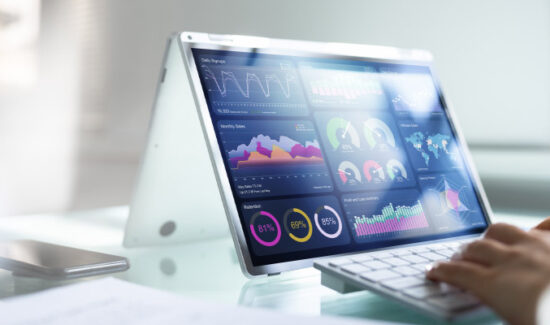The Price is Right: How to Optimize Prices with AI


As part of Solutions Review’s Contributed Content Series—a collection of articles written by industry thought leaders in maturing software categories—Mitch Lee, a Profit Evangelist at Vendavo, explains how companies can use artificial intelligence (AI) to optimize prices.
From agriculture to utilities, AI is transforming every industry. When it comes to automating processes, gaining insights, and predicting outcomes, it’s a global game-changer. As Accenture researchers point out, AI is reinventing work and every role has the potential for disruption.
Pricing is an important commercial process within every industry and AI is impacting the strategies pricers use to boost organizations’ profitability and enhance customer experiences. The Pricing Excellence Report and 2024 Outlook from Vendavo found 51 percent use AI in their pricing processes to some degree today or they have plans to implement it in the next 12 months. The persistent question is, how?
AI-Fueled Innovation
As outlined in The Value in Optimized Pricing (and How to Achieve It), optimized pricing is the process of finding the right price for the right customer at the right time. It identifies a customer’s willingness to pay for a product or service: not so high that you risk losing that customer’s business, but not so low that you sacrifice margin.
From compiling price data from the web to making pricing recommendations that factor in business rules, changing competitor actions, and market trends, AI is powering timely, informed decision-making with greater efficiency. It is also upleveling professional pricers’ output by eliminating the need to conduct repetitive, manual tasks.
Within pricing, AI offers immense potential for innovation:
- Analyze data. AI can analyze vast volumes of data quickly and accurately, removing the otherwise time-consuming, error-prone, manual processes pricers typically wade through to compile market trends, historical transactions, product preferences, and competitor actions.
- Predict customer behavior. AI algorithms can discover patterns across various data sets and help pricing teams create appropriate personalized discounts, promotions, or bundles.
- Monitor competitors’ pricing. AI-powered pricing continuously monitors competitors’ pricing and gives organizations an opportunity to respond to those price strategies in real-time. If competitors are dropping their prices, your organization can make a thoughtful decision to match those low prices or stay the course because you’re going for a separate audience that has a higher willingness to pay threshold.
- Improve forecasting. AI’s predictive capabilities extend to demand forecasting, helping organizations anticipate future market trends and customer preferences. By accurately predicting demand, businesses can optimize inventory management, reduce overstocking or understocking, and ensure they have the right products and the right time.
- Enhance customer experiences. AI delivers enormous value to the business but also to customers by improving their experience. AI can help ensure prices are reflective of market conditions; personalized offers and even discounts create a sense of value and loyalty.
If you think these innovations sound pretty rooted in data, you’re right. AI is a master at compiling data and identifying trends but for that data to be actionable, its formation and use require guidance from the right people. Which is why organizations are looking to add data analysis skills to their teams. The Pricing Excellence report found data analytics is the most sought-after skill for pricing professionals (75 percent).
Explainable AI
For AI to truly work in any commercial setting, but especially for product and service pricing, it must be explainable. Explainable AI is guidance that builds confidence because all the stakeholders involved understand the inputs or what went into arriving at ‘the right price.’ Stakeholders can then trust the recommendations that the AI-powered system provides.
When incorporating AI in pricing processes, be sure to ask:
- Which inputs were used so the technology could come to this realization?
- What can the sales team learn about these inputs to improve their level of trust in the recommendations?
- Any pricing optimization initiative is going to generate revenue, but what’s the quality of the improvement?
- How much human-led effort did it take to get to that improvement?
AI: The Pricers’ Co-Pilot
While the long list of possibilities for AI in pricing is exciting, there is an important caveat. For outputs to be explainable, controllable, ethical, responsible, unbiased, and a list of other important principles, its use should be a blend of both human and machine intelligence. AI works best when it supports what humans do best. A hybrid approach is important—particularly in pricing—where humans have unique insights and experience that machines simply cannot duplicate. For the best possible outcome, the key is to use AI as a copilot to price products and better serve customers.
AI technologies are revolutionizing pricing by enabling data-driven decision-making, more personalization, and enhanced customer experiences. It’s an invaluable tool, in partnership with human intelligence, for ensuring your organization offers the right price every time.



















